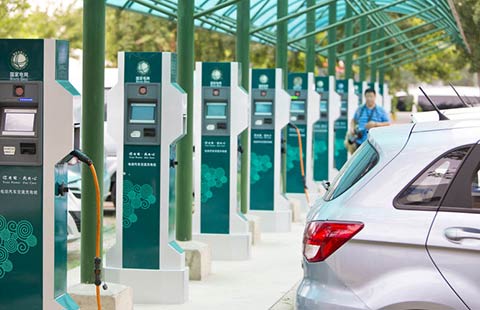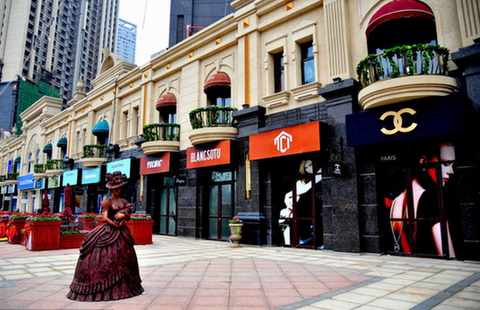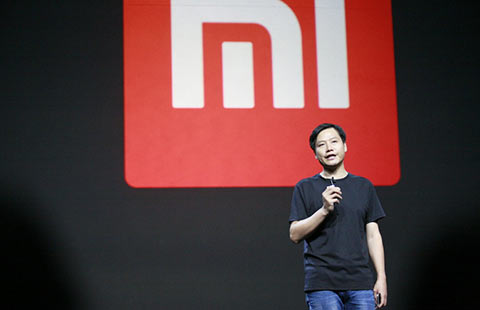Flash July PMI boosts confidence
By Xin Zhiming (chinadaily.com.cn) Updated: 2014-07-24 14:54HSBC index on China's factory activity in July, which hit an 18-month high, shows the economy is well on the track of recovery.
The HSBC/Markit Flash China Manufacturing Purchasing Managers' Index rose to 52.0 in July from June's final reading of 50.7, well beating market expectations. The mark of 50 separates activity expansion from contraction in the indexing system.
The initial index, which generally does not deviate too much from its final reading, has been an effective barometer for monitoring China's manufacturing activity and assessing the health of the overall economy. As the economy slows this year, the HSBC PMI index dropped below 50 for the first five months. It was as low as 46.9 in February.
To combat economic slow-down, China has taken a slew of mini-stimulus measures early this year and the effect is unfolding.
China's GDP growth was 7.5 percent year-on-year in the second quarter, slightly higher than in the first quarter. More importantly, it was a 2 percent growth quarter-on-quarter, indicating the short-term growth momentum has been quite strong thanks to the growth-friendly policies, such as expanding investment in infrastructure and tax cuts for small enterprises.
The initial PMI reading in July further confirms that the economy could have temporarily shaken off the nightmare of sharp slow-down and the momentum could be maintained in the third quarter.
The defining output, new orders and export sub-indexes have all ticked up in the July index, indicating the external demand is picking up, which is good news for exporters and manufacturers that have suffered from poor demand in the past year.
Moreover, since the HSBC index is calculated based on surveys of small and private business managers, the high reading in July shows the conditions of small enterprises could have been improved, which could herald a healthier job market.
The rising index, however, may not necessarily prove to be a boon for the stock market, because as the economy has had stronger growth momentum; policymakers may hesitate to take more stimulus measures.
- Flash July PMI boosts confidence
- China's H1 gold consumption down 20%
- HSBC China data shows continually improving economy
- Consumers get a closer look at electric car
- Haikou lifts limit on buying property
- Baidu launches Portuguese search engine
- China July HSBC flash PMI rises to 18-month high
- UK fraud office liaising with China on GSK bribery case















